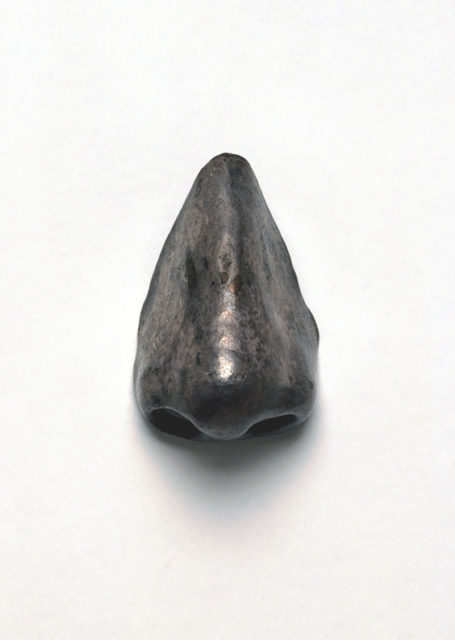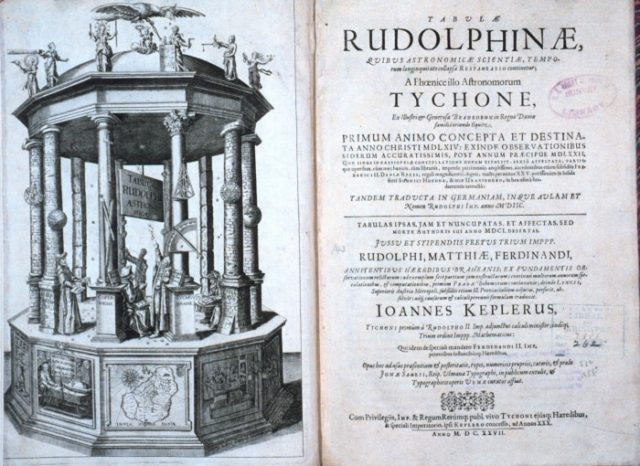Tycho Brahe was a 15th-century Danish nobleman whose lifelong passion for astronomy resulted in incredible findings that laid the foundation for the development of modern astronomy and astrophysics. Although the accomplishments of Brahe’s assistant, Johannes Kepler, left a more profound legacy than Brahe’s own achievements, Kepler’s work was based on Brahe’s guidelines. Brahe conducted his astronomical observations without a telescope (the refracting telescope was invented by Kepler), and his results were staggeringly accurate.
Although he initially pursued a career in medical alchemy and botanical medicine, Brahe chose to devote his life to astronomy when he recorded the first supernova ever observed by an astronomer. In winter of 1572, he observed an exceptionally bright star that appeared in the constellation Cassiopeia. Up to that point in time, astronomers agreed that the universe beyond the Moon’s orbit was constant and unchangeable. Brahe realized that this was fundamentally wrong since he had seen a star which seemingly appeared out of thin air.

The discovery caused him to develop an obsession with the observation of celestial bodies and, despite being a devoted scholar and a relentless pursuer of knowledge, he didn’t spend his life surrounded by the silence of his desk or library. On the contrary, his life was full of exploration–and eccentricities.

CC BY-SA 2.0
While studying at the University of Rostock, Brahe entered into a heated discussion with Manderup Parsberg, his cousin and fellow student. Contemporary historians are uncertain about what sparked their discussion, but many believe that it began with a dispute over a mathematical formula. Brahe and Parsberg couldn’t resolve the situation verbally, so they organized a duel with swords during which Brahe received a scar on his forehead and lost a significant part of his nose. He then constructed a prosthetic nose that he wore on social occasions for the rest of his life. A popular myth claimed that the prosthetic was made of copper, silver, and gold.

In the late 1570s, Brahe’s astronomical achievements were praised by the king of Denmark, Frederick II. The king decided to honor Brahe by giving him a small island named Hven and a huge amount of money to set up a state of the art personal observatory. Since Brahe became the Feudal Lord of Hven, he imposed terribly high taxes on the inhabitants of the island and forced them to construct a grandiose castle that he named Uraniborg to praise Urania, the muse of astronomy.

Uraniborg was inspired by the architecture of the Italian Renaissance and equipped with an underground observatory, a printing press, and a laboratory in which Brahe conducted alchemic experiments. The castle was a place at which Brahe hosted lavish and extravagant parties: his court jester was a dwarf named Jepp who was required to spend the evenings under the table in the main hall.

Furthermore, the courtyard of the castle was full of various animals, including elk, moose, and specimens of rare species of birds, and many of the animals were reportedly accustomed to drinking alcohol with Brahe and his noble guests.

Brahe’s eccentric life came to an abrupt and mysterious end in 1601 during one such party. However, that particular party took place in Prague since Brahe was forced to flee Denmark in 1597 after he initiated a quarrel with Christian IV, the new King of Denmark. Brahe collapsed at the party and died in excruciating pain 11 days later. The scholars who performed the autopsy couldn’t determine the exact cause of death.

Brahe’s body was exhumed in 1901 in order to determine the cause of death and it was found that his body contained traces of mercury. This led to the formation of two theories. The first one was that Brahe accidentally ingested a lethal dose of mercury during one of his alchemic experiments, and the second was that Brahe had been murdered by his famous assistant, Johannes Kepler. Some historians suggested that Kepler might have killed Brahe in order to use his findings for the formation of his own theories because Kepler indeed later devised his famous three laws of planetary motion by consulting Brahe’s writings.

The possibility of Kepler being a murderer caused a ruckus among 20th-century astronomers and historians, and Brahe’s body was once again exhumed in 2010. Thankfully, Czech scientists determined that the amount of mercury in Brahe’s remains was not necessarily harmful and certainly not lethal, and they concluded that he died of an acute bladder infection.
Read another story from us: “Miss Mitchell’s Comet” was discovered by a female astronomer in 1847
The researchers also examined the prosthetic nose that was buried with the body and concluded that it was actually made of brass. The discoveries both shed some new light on the eccentric life of Tycho Brahe and cleared Kepler’s name.
